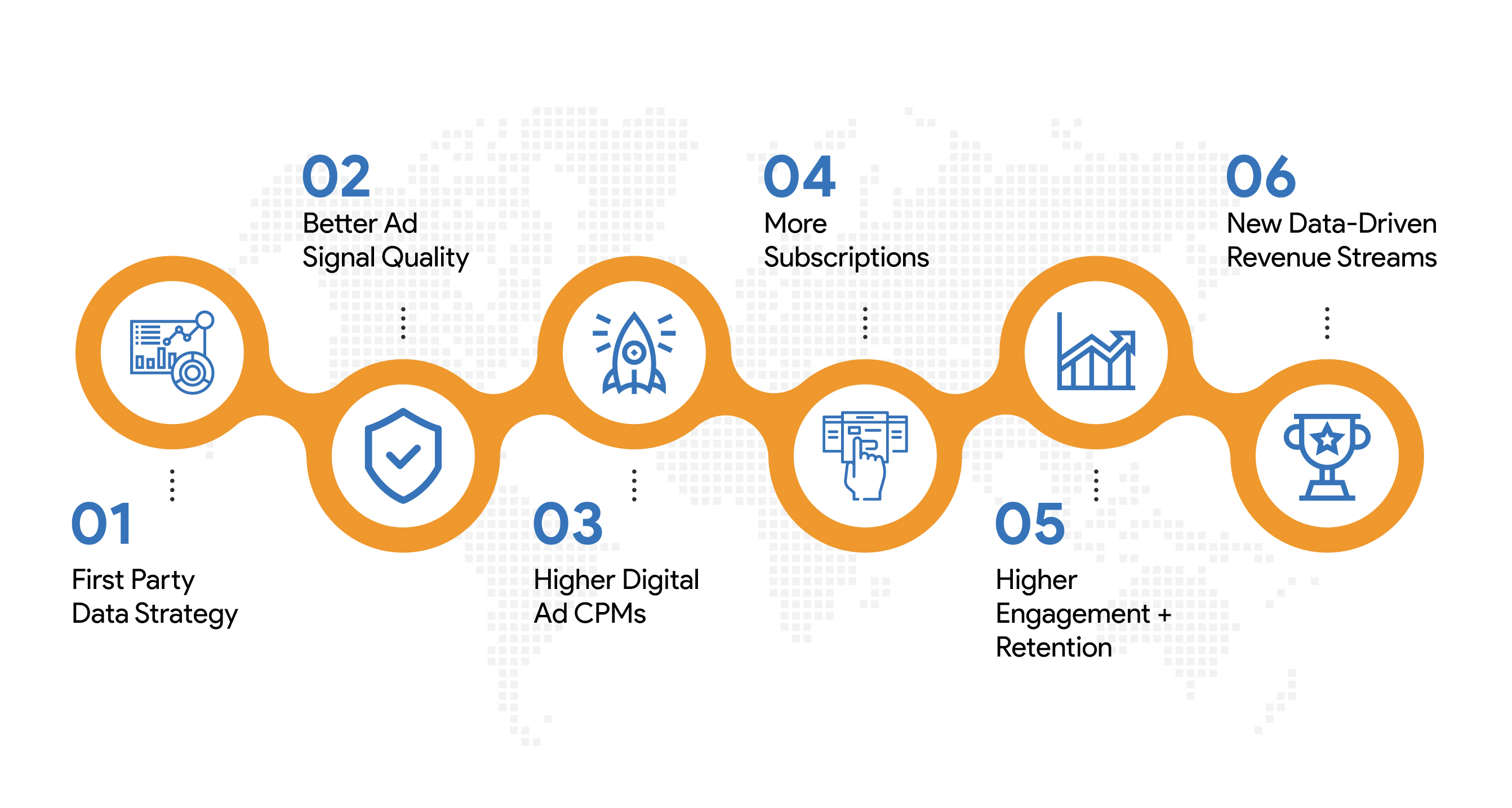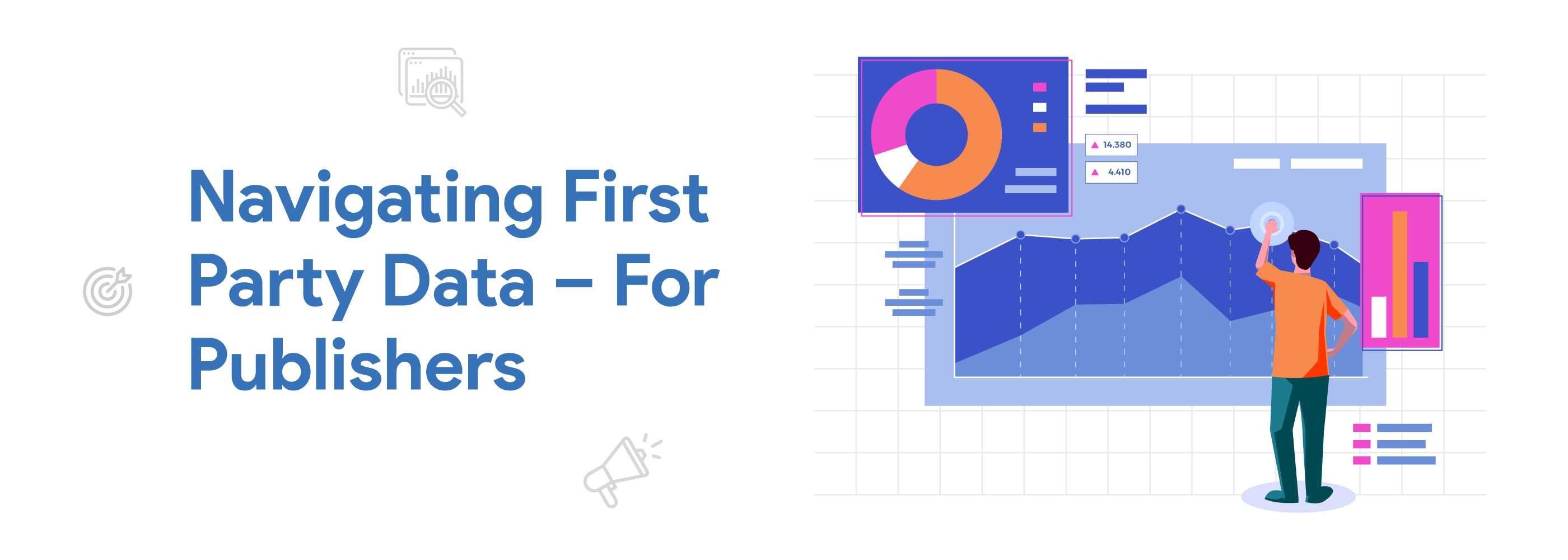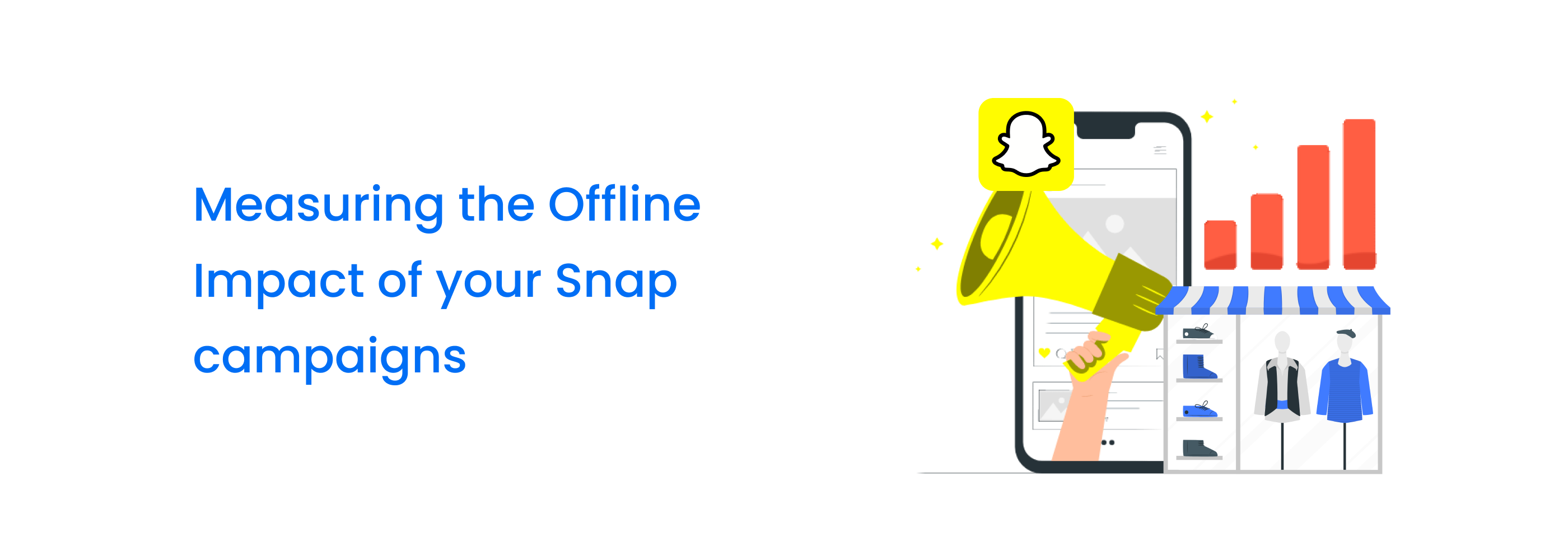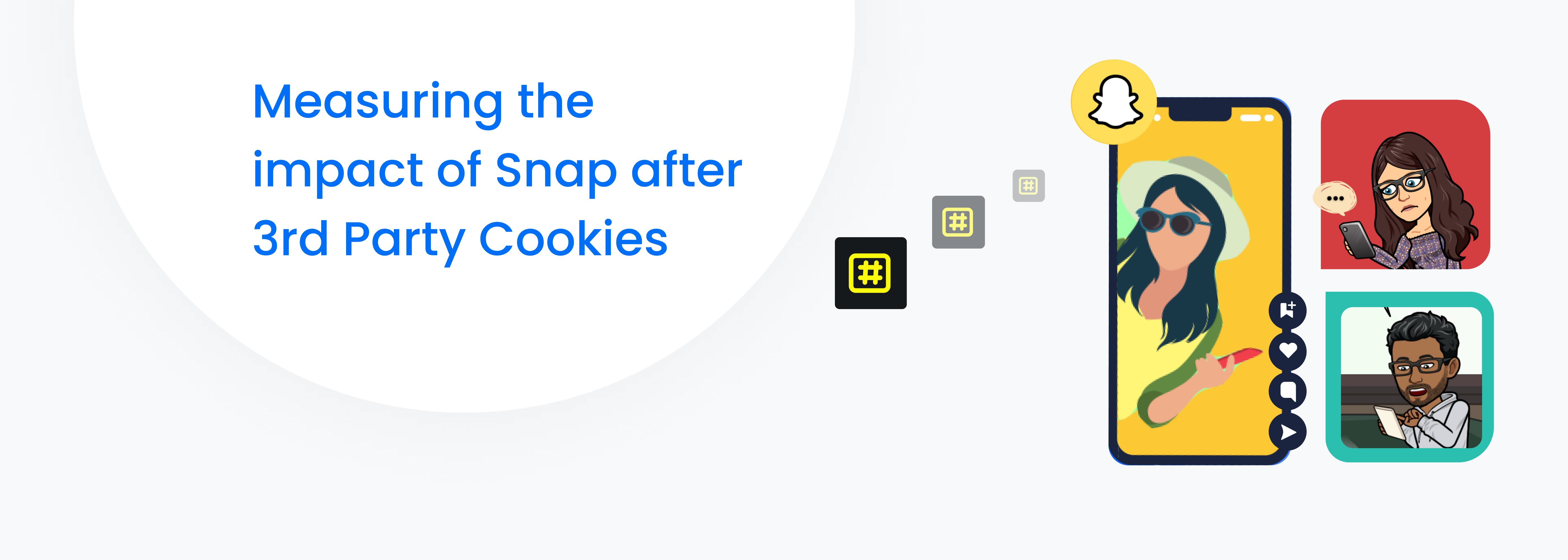Navigating First Party Data – For Publishers
The new privacy legislation, the elimination of third-party cookies, and the development of tracking protection are moving publishers to reconsider data collection strategies. While first-party data collection is the most straightforward strategy that publishers can employ to keep up with changes – it is crucial to understand first-party data as an alternative.
The biggest challenge for media houses will be to execute a first-party data strategy that integrates with data-driven subscription, registration and operations. All this while adhering to privacy regulations to retain the customer’s trust.
The Crucial Role of First-Party Data
Early adoption of first party data can help publishers be independent while building deeper relationships with customers and contribute to sustainable growth through multiple revenue streams.

Publishers reside in two groups: Those that have been collecting first-party data for years, and those that are scrambling to catch up. Billions of dollars are at risk for those publishers without the targeting data to power programmatic campaigns, which represent upward of three-quarters of all digital campaigns globally.
- Publishers that proactively address the challenges of identity resolution, are much better positioned to protect relevance and growth in the long term.
- Future models and innovations in Ad tracking must provide better detail on the consumer’s journey, with consumer needs and expectations kept front and center.
- Publishers that demonstrate the ability to reach consumers at the point of purchase with relevant opportunities and recommendations will benefit from new consumer purchase norms. Adopting best-practice alternative solutions for ad targeting is driving the publisher’s pivot to first-party data collection through direct-to-consumer relationships.
The Value of Direct Relationships
As third-party cookies disappear, advertisers will need privacy-compliant first-party data to understand their audiences’ interests online. And its publishers who understand the behavior of individuals on their websites — they know what the interests of their users are, how long they spend on-site, how many times they visit, and whether their browsing habits have changed. Working with publishers provides a privacy-safe environment for advertisers to buy in, built on top of consented first-party data and without the need for third-party cookies.
How Can Publishers Use First Party Data to Improve Revenue?
First party data offers valuable insights into real-time user interaction and preferences, which enables publishers to sell their ad space for higher rates. The data allows advertisers to relate and respond to customers in highly personalized and more immersive ways. Hence, they are willing to pay higher CPM rates for reliable, first-hand user data.
Personalized experience
Visitors enjoy a personalized experience, and a first party data strategy enables both publishers and advertisers to provide that. Audience engagement, time-on-site, and ad conversion rates increase when publishers and advertisers offer the right content that appeals to the website visitors.
Visitor Segmentation
Targeting a specific product to certain customers is crucial to increasing an advertiser’s return on investment. First party data enables publishers to group their users based on demographics, interests, and much more, making the data more attractive to advertisers. Having access to specific groups allows advertisers to deploy a highly efficient marketing strategy for each customer segment.
Mapping the customer’s journey
Marketers can map the customer’s journey by accessing first party data. Knowing customers’ different steps to convert is crucial for successful goal conversion. By using first party data, advertisers use the relevant message at the correct place and time to navigate a customer’s journey to conversion.
The First-Party Data Tech Stack
The first-party data tech stack serves as the engine for the first-party data strategy. Publishers can opt for first party data enablement solutions that are quick and easy to run with zero downtime. All of this must be achieved while keeping compliance and data privacy in sight. Another way to augment first-party data is through partnership with clean rooms, or tech companies which connect multiple, disparate first-party data sets with no data intermingling, in accordance with data regulations.
In order to grow first-party data and create value for consumers and advertisers, media companies must make fundamental structural and technological changes. Most media companies are structured with separate subscriptions and advertising operations. However, the future model will be a unified commercial strategy with consumer’s detailed, first party data at the centre.
















